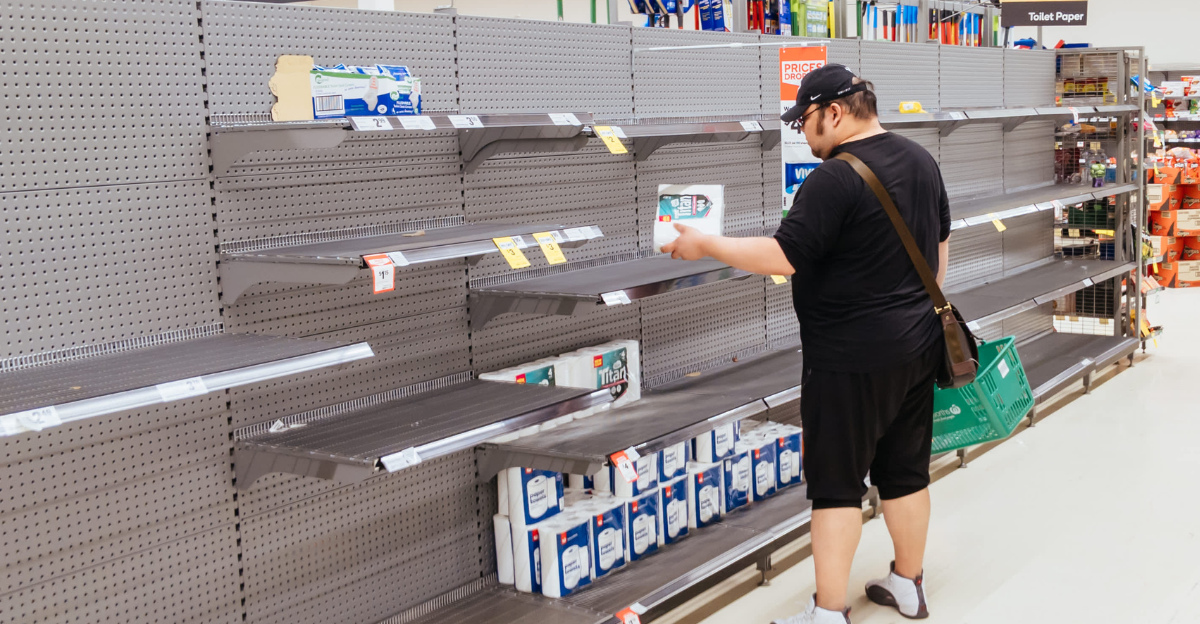
Imagine when, instead of a bustling store with full shelves, your go-to shop is just dead silence, with nothing on the aisles. This is the sad picture of “retail revolution”: a full force of workers walking out and leaving their jobs. This revolution slows down the supply chain and reduces the normal store operations.
In the last two years, strikes like this were rampant, with over 400,000 workers involved, thereby effectively setting a record high. Consequently, these walkouts have heavily impacted the supply chain, shoppers, and brands.
We want to discuss all about this in this article because once you understand the nitty-gritty of these walkouts, it becomes obvious how much they’re reshaping today’s shopping.
All Stores Shut Down
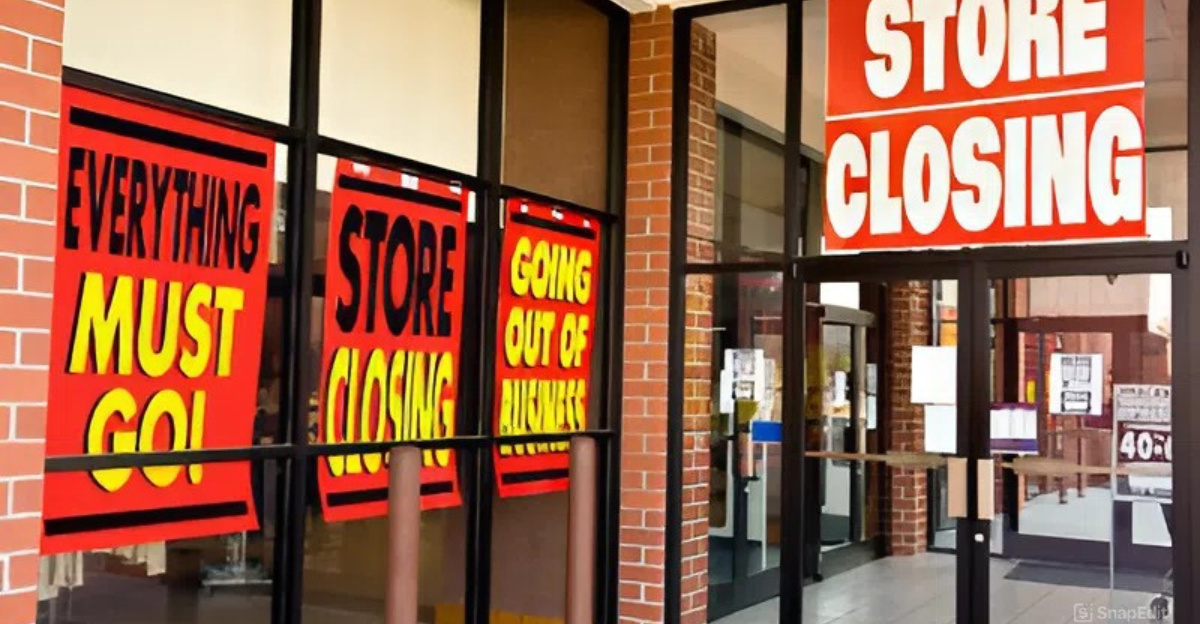
Employees are the faces of the store, responsible for opening the doors, operating the registers, and even restocking the inventory. And when they’re gone, who’s going to help you do all of these?
In 2023 alone, there was a surge of 280% in labor strikes! This caused mass disruption to store operations nationwide. Because of this, fewer shoppers will get access to stores because of temporary shutdowns, and that still depends on how widespread the strike is.
Supply Lines on Hold
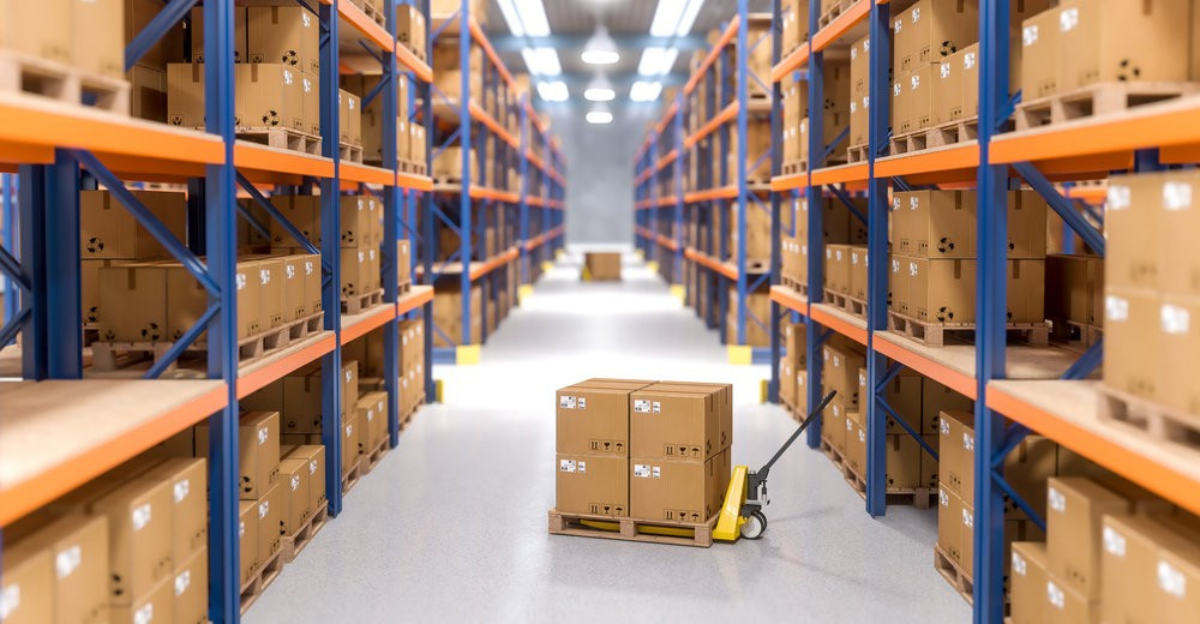
Last year, dockworker strikes caused $3.8 to $4.5 billion of their daily economic loss, which exposed the fragile real-time supply system. These huge numbers just show us that walkouts close stores and halt supply chains completely. No workers in warehouses and loading docks means slowed down or stopped restocking, and then empty shelves in the stores. Even deliveries are delayed twice their normal rate due to these strikes, and when supplies dry up, shoppers tend to do panic buying.
Shoppers Hoarding with Panic
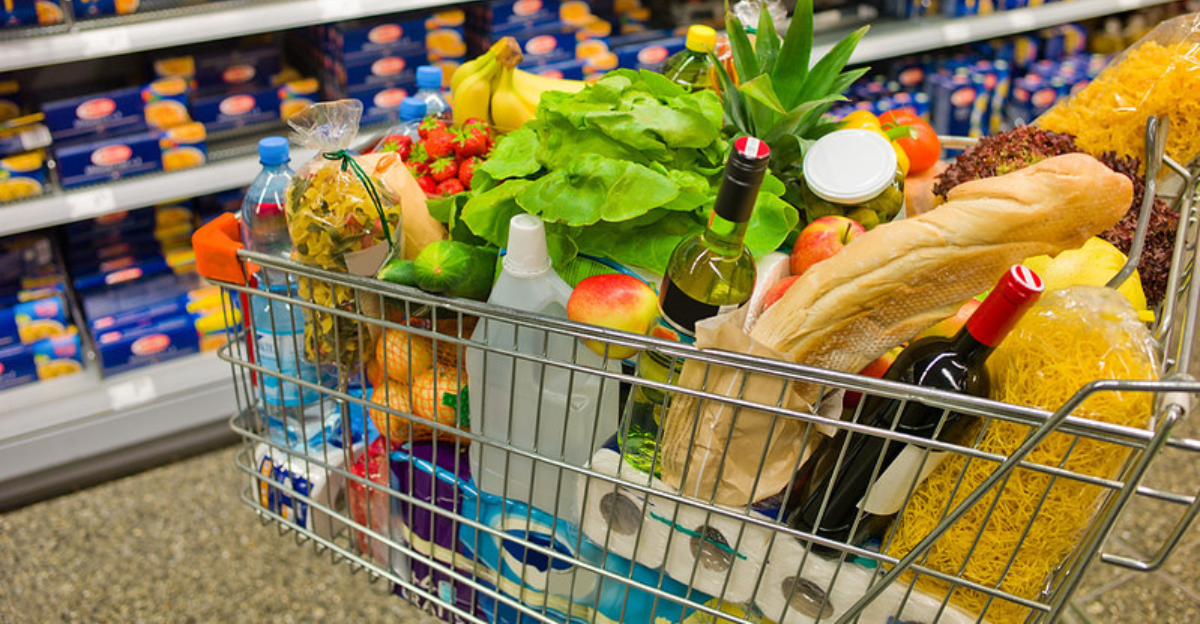
People see empty shelves and something clicks. Better grab two extra packs before the stuff disappears again. That reflex has fueled wave after wave of overbuying during supply snarls. Studies of shopper behavior show folks often load up way past normal patterns, which only deepens shortages and feeds fresh anxiety. One run on baby formula or rice can snowball into bare aisles everywhere. The spike hurts brands already juggling walkouts, shipping delays, and missed sales. Panic does not just clear shelves. It scrambles planning, burns cash, and leaves everyone wondering what will vanish next.
Big Brands Bleed Billions
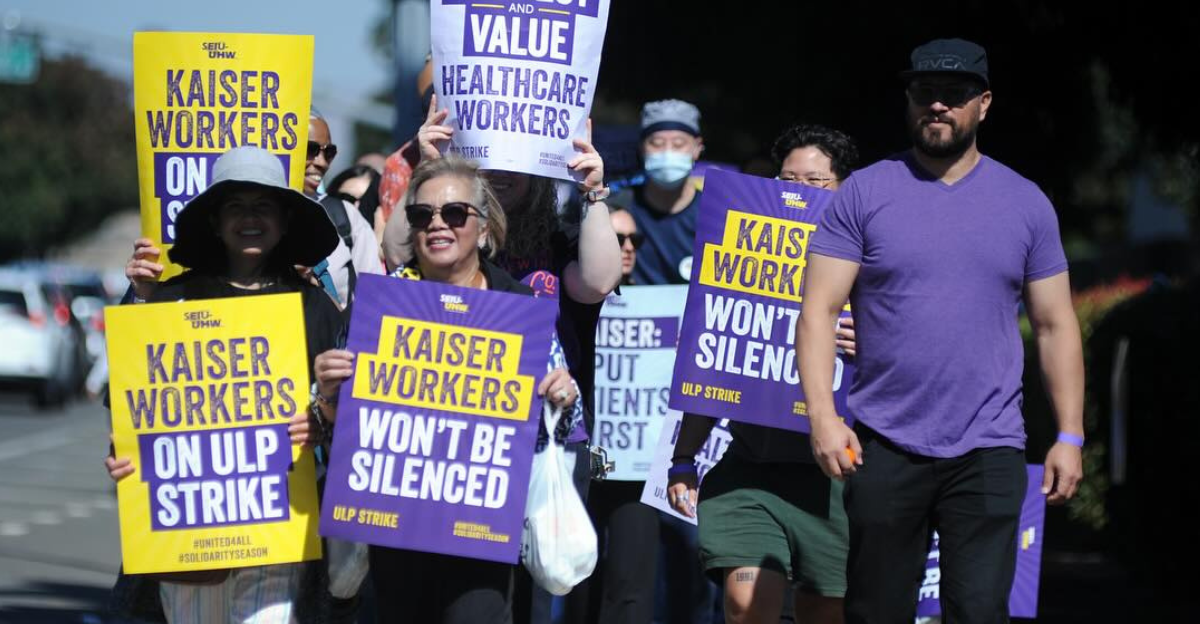
Even the big brands are affected by labor strikes, and for them, that’s a lot of money lost. In the healthcare industry, more than 2,000 mental health professionals ended their six-month strike at Kaiser Permanente in Southern California in May 2025. While they’re focused on wage increases and staffing, these extended strikes simply show us that services are being disrupted and financial consequences are arising, which presses them to settle their labor issues as fast as possible just to regain their normal stability as well as protect their profits.
Essential Services Start Crumbling

When strikes happen, key services like delivery, customer support, and logistics suffer. Since packages don’t arrive on time. phones are jammed with angry and dissatisfied customers, and stores run out of products. These may be simple business hiccups, but they affect various communities.
Furthermore, the pandemic also showed us these impacts when the supply chain slowed down. Everything went in slow motion! But as problems arise, people adapt new ways on how to shop smart.
Rise of New Shopping Norms

People are shopping differently now, bending old habits to match the chaos in essential services. Online orders are eating up a bigger slice of retail, sitting somewhere around 16 to 19 percent of total sales as we head through 2025, and that number isn’t done climbing. At the same time, shoppers are hunting for deals in smaller local stores or jumping between brands just to snag decent prices and stocked shelves. To keep up, businesses are leaning hard on tech like AI chatbots, warehouse robots, and those self-checkout kiosks everyone loves to hate, all in the name of keeping things moving and customers happy.
The Government Steps In
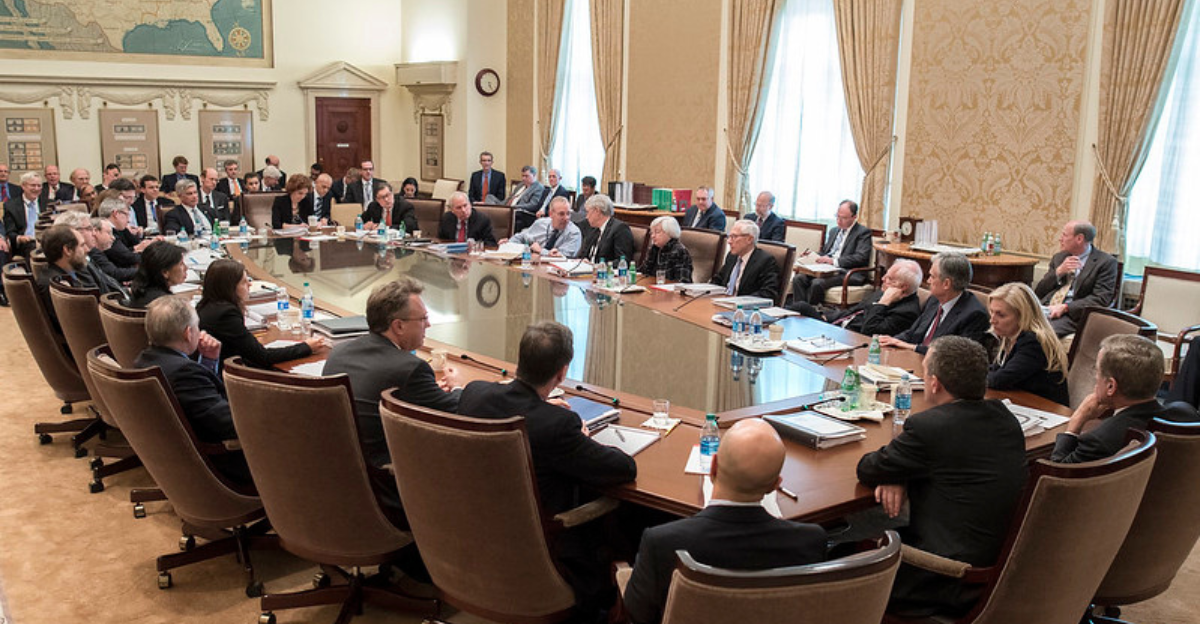
Government intervention is no new thing when issues like this surface. Past US presidents have intervened to placate their workers when things go wrong. An example that comes to mind is President Roosevelt’s intervention in 1902 during the coal strike.
These leaders help both parties reach an agreement so that everybody gets back to work again. Furthermore, they enact deals with the people involved to prevent future strikes. The government also creates new rules to protect shoppers, including emergency procedures for keeping the essential goods available and setting their price ceilings during crises.
Consumers Question Brands Now

As the changes unfold and the leaders get involved, shoppers are now thinking differently about the companies they buy from. The trust and loyalty are constantly declining, because let’s be honest here: customers notice when something’s wrong. Data shows that convenience and price often matter more than brand names now. Beyond getting what they need, consumers also expect better labor practices and ethical responsibility. For example, a 2024 PwC survey found that people are willing to pay around 9% more for ethically made products. Values and people over profit will gain people’s trust.
The Future of Workforce in Retail

So, what’s next for this “retail revolution”? Expect more automation and tech-driven jobs. You heard that right: the rise of AI in warehouses and customer support. This movement can also help workers upskill and be more efficient since new roles will now require digital skills.
For companies, worker rights, use of tech tools, and consumer needs are very important to be balanced out, especially today. Businesses need to train their employees to use new tech and equipment while maintaining fair wages and upholding quality. The sad outcome if this is not upheld is subpar working conditions and future strikes. When brands put more focus and effort into their staff through open communication and responsible actions, they’ll be able to elevate a strong and productive workforce.